Sleep Disordered Breathing | Sleeping Disorder in Children: Causes & Symptoms & Treatment
- 367
- 11 months ago
Dr. Raman Abrol
Dr. Raman Abrol
Sleep Disordered Breathing | Sleeping Disorder in Children: Causes & Symptoms & Treatment
Sleeping Disorder in Children,In this video, Dr. Raman Abrol talks about a common problem in children: sleep-disordered breathing. It is SDB in short form or sleep apnea. These children sleep but have disturbed sleep. Even they face difficulty breathing, and snoring while sitting is the second most common symptom. Also, there is a blockage in the nasal passage. As a result, their eyes close but not resting, so doctors address this problem as sleep-disordered breathing.
Normally it’s two types, but the most common that doctors see is sleep obstructive sleep apnea. In this problem, there is a blockage in the children’s breathing passage. The nasal passage ranges from the tip of the nose to the lungs. Various reasons can cause nasal blockage. In almost 95% of cases, children suffer from obstructive sleep apnea. Only in a few cases, from 0-5%, is the cause central, i.e., in the brain. There is some abnormality in the brain that causes irregular breathing in children. So they have difficulty breathing, not because of obstruction; fortunately, these causes are rare. However, most cases, obstruction is the major reason for nasal blockage.
Symptoms of Sleep apnea
Talking about the symptoms of sleep-disordered breathing, the children who suffer from sleep apnea are obese; Due to obesity, their breathing passage is narrow. So one thing is there are obese, have noisy breathing, and snore loudly. And often, parents notice that children move a lot during the night and try to breathe while sitting. And it is visible that children have difficulty breathing. So the process of being unable to breathe properly, followed by an apnea attack and then a forceful breathing cycle, continues during the night. Since it is a breathing problem, their brain has less oxygen, especially at night. So doctors often see septal changes in these children. Since they are not adults, they can’t express themselves. So they don’t show expressive symptoms. But normally, these children show symptoms like lack of concentration; are passive, reluctant to play or run, sleep, and have noisy breathing during day time, and they breathe while sitting.
Parents can indirectly notice these symptoms. It is not so relevant to discuss central apnea because it is very rare, But it is often seen that there is a problem with nerves or in the brain that causes difficulty in breathing in children. And one must note that they are not mouth breathers. They are nose breathers only, but still, they have difficulty breathing. So these children need neurological doctor assistance to rule out the cause of nerves or the brain.
How treat disturbed sleep and breathing?
Mostly these children have adenoids and nasal allergies with blockage in the nasal passage. Most children also have large tonsils, and since they are obese, they have narrow nasal passages. Due to this, they have difficulty breathing at night, and they snore. There is vibration in the breathing passage resulting in sleep disturbance. If we talk about the treatment and want to investigate their condition, then clinical examination is the best for the children. If the child doctor is aware of obstructive sleep disorder, they may see in the children the presence of adenoids, large tonsils, and allergies. So all these come under clinical examination.
Diagnosis and Treatment:
In addition, doctors can determine the size of the tonsils and adenoids by X-Ray. Those children who are uncooperative during clinical study do not open their mouths or nose enough. A doctor can do an X-ray to determine the size of the tonsils and adenoids and can draw inferences about this problem. Apart from X-Ray, CT-Scan, and MRIs having a role in adults, there is little to do with children. Another very important investigation into sleep apnea is a sleep study. Still, there is no need to do a sleep study in smaller children where the obvious reason is visible, like large tonsils adenoids. A sleep study is a challenge. It is a difficult procedure, and doctors require cooperation from children, but they are more restless and do not cooperate well; hence it is difficult to do. Talking about treatment in children with enlargement of adenoids, large tonsils, or obesity, doctors need to do surgical management. By surgery, doctors remove any obstruction at the nasal passage or throat. Recovery rates among children heal better after the removal of adenoids and tonsils. And by doing so, they sleep better. There is swelling in the nose for children with severe allergy problems, so we put them under anti-allergics treatment. Subsequently, by using syrups, medicines, and sprays, the allergies subside with time.
To know more, watch the full video and visit the SimpliHealth website for more information.





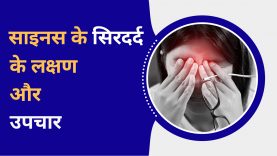
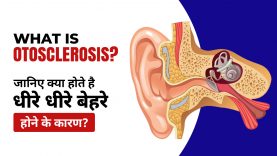

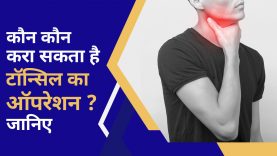
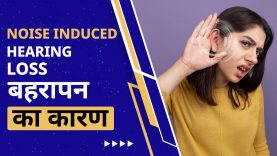
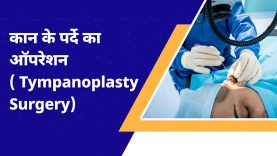
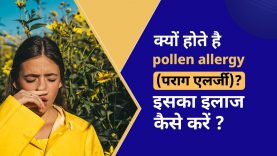
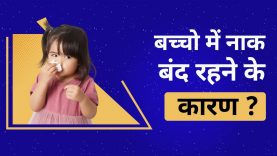
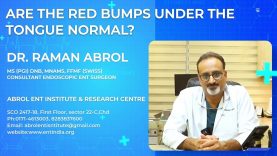
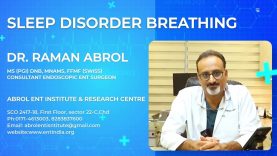
Comments (0)